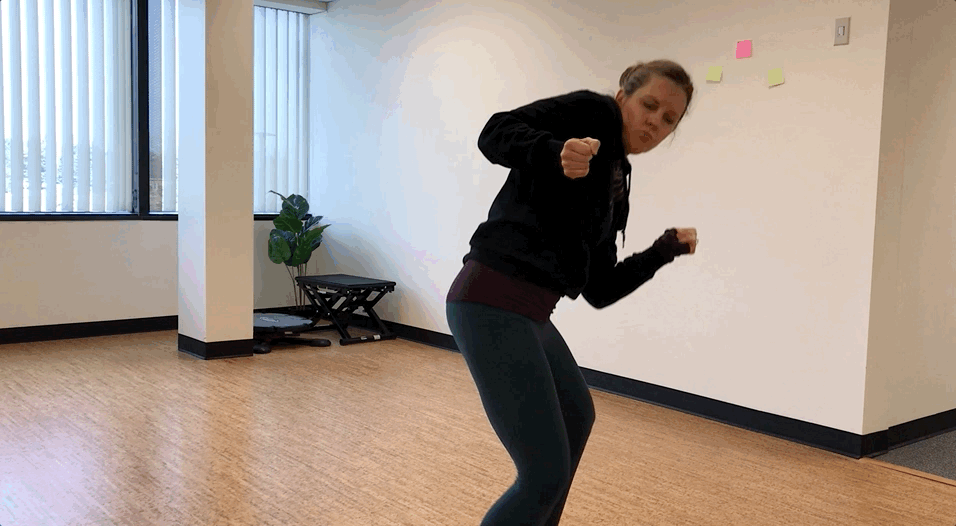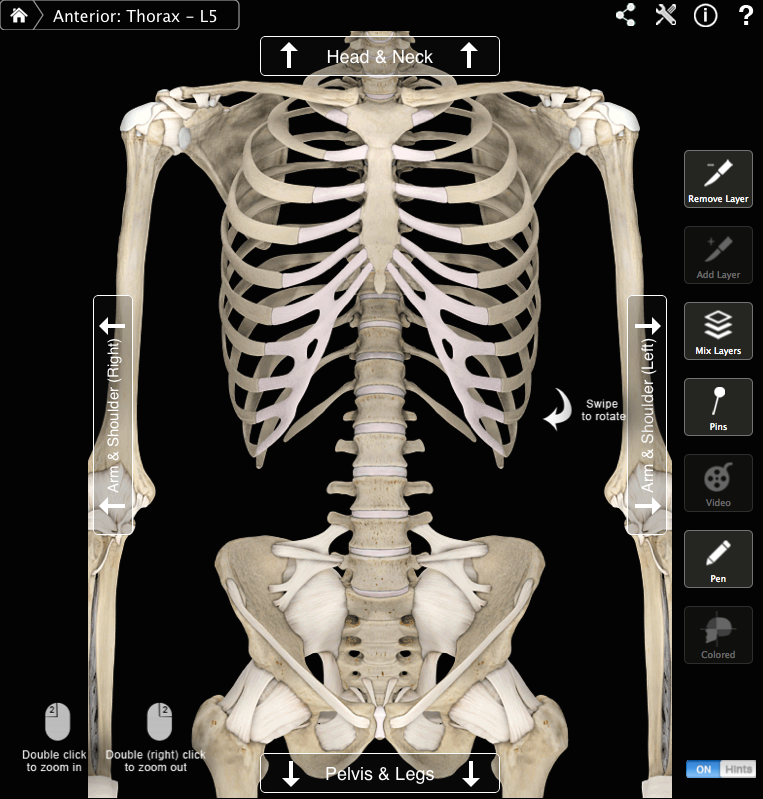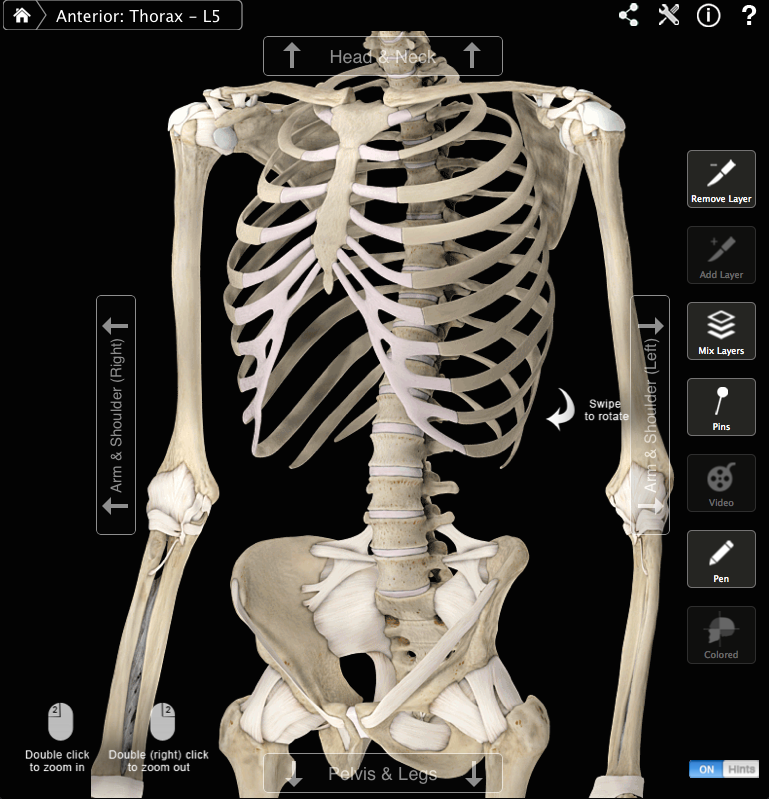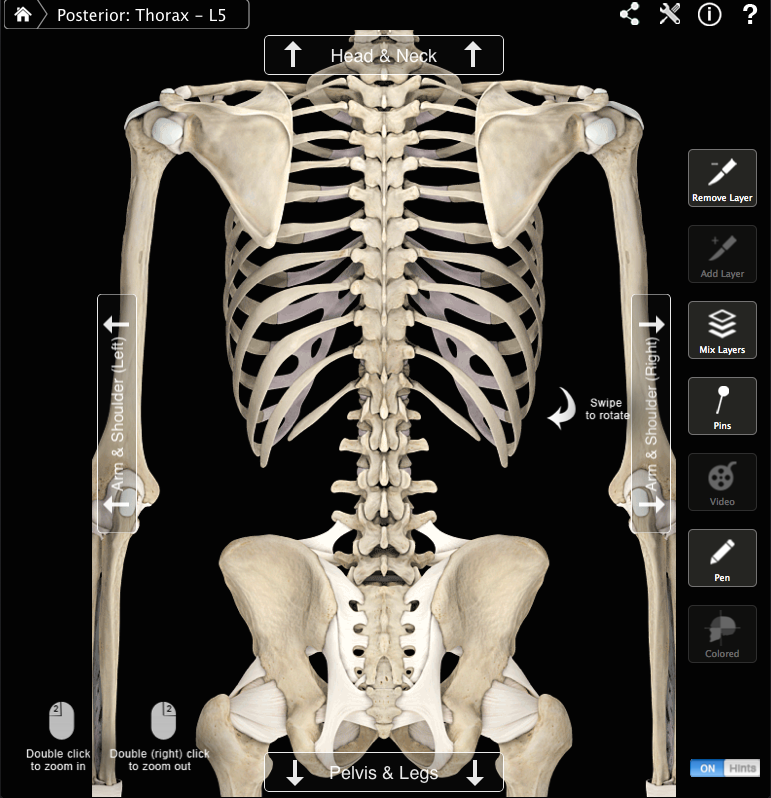A few years ago, I was working with a dancer who was experiencing knee pain. As a part of her care plan, we had agreed that she would temporarily stop doing the things that most aggravated her pain- specifically jumps and leaps, while we sorted out her issue and helped her get strong enough to jump and leap again without pain.
Then, at one of her follow-up visits, she said that she was having pain again while doing leaps across the floor. I asked her if she stopped leaping when she felt the pain, and she said “No.” No? So, I asked “Why not?” She then shared that she kept going because her dance instructor had said something to the effect of…
“When you’re a professional, you’re just going to have to work through the pain.”
Have you ever heard something similar? I have seen that lots of dancers have- it’s like we believe that pain is a prerequisite for progress. I believe that it is so much a part of our heritage that it is really difficult to listen to anyone or anything that tries to tell us differently.
The pressure that dancers feel to perform at their highest capacity- even if it causes pain or injury- only adds to the intensity of this mindset. Pressure may come directly from instructors or coaches who are looking to have you performance or competition ready, like NOW. However, it can just as easily come from our minds... from the ideas we concoct that say we need to be perfect, beautiful, skilled, artistic, motivated, cooperative, and agreeable at ALL times in order to be successful dancers. Case in point: when I recently asked another dancer client what her definition of success was, she replied, “Dancing full out, all the time, in as many classes and performances as I want, with no pain, ever.” Can you relate?
Here’s the problem: We aren’t actually in charge. Our bodies are. Each time we ignore serious pain… Each time we feel we must be perfect… Each time we believe that we have to hurt ourselves to get better… We are fighting a fight that we can’t win.
Pain doesn’t lead to progress- at least not directly. Dancers who are in pain don’t dance bigger, more beautifully, or more confidently. They actually wither as their bodies try to protect themselves from worsening pain or injury. They get weaker, more unsteady, more fatigued, tighter, and less powerful. Pain is a real signal that something is going wrong- a sign that your body needs some help to overcome a problem. Progress doesn't happen until you face the real problem and address it.
Now if you’ve been dancing for any period of time, you probably know that I don’t mean that dancing should never be uncomfortable, challenging, or difficult. That muscle burn during conditioning or the soreness you feel in your muscles for a couple for days after a tough class? They are indeed part of the package. The emotional pain of not being placed in a class, intensive, or performance that you were hoping for? That’s part of being a dancer, too. The personal difficulty of giving your time to classes, rehearsals, and performances when you might prefer to be lounging on the couch or hanging out with friends? You got it. These are all parts of the rigor of dance training. They build you up to be a stronger, better, and more dedicated dancer.
However, severe or persistent pain that limits your ability to dance how you would normally be able to is not normal, not healthy, and not productive.
There may come a day, when your paycheck is riding on it, that you choose to ignore a nagging pain and continue with a rehearsal or performance that is expected of you, despite the danger that you may worsen your pain or get injured. That will be your choice to make on that day. But if that day isn’t here yet- if you are still a student, if you are in training, if you have any flexibility in your life or options, and if you are not ready to give up dancing for the sake of your next rehearsal or performance… please don’t. Please do take care of yourself. Take the time and get the help you need to get healthy and dancing well again.
Don’t spend now what you hope to have in the future. Your dancing is worth more than that… and so are you.
